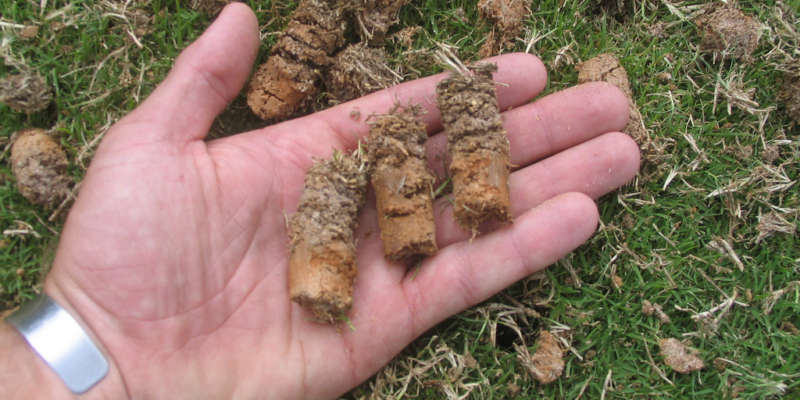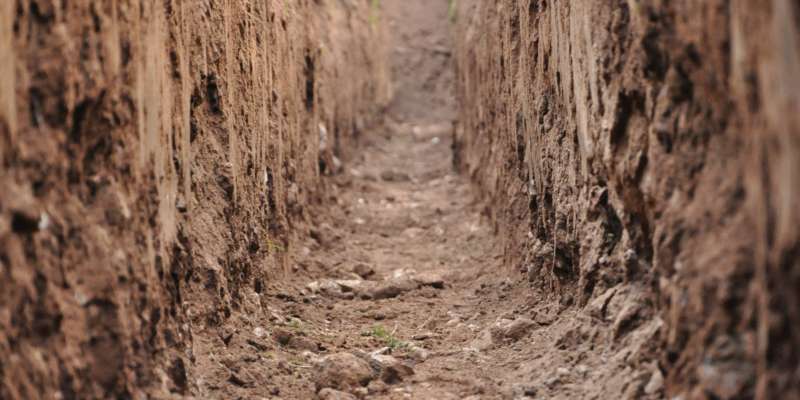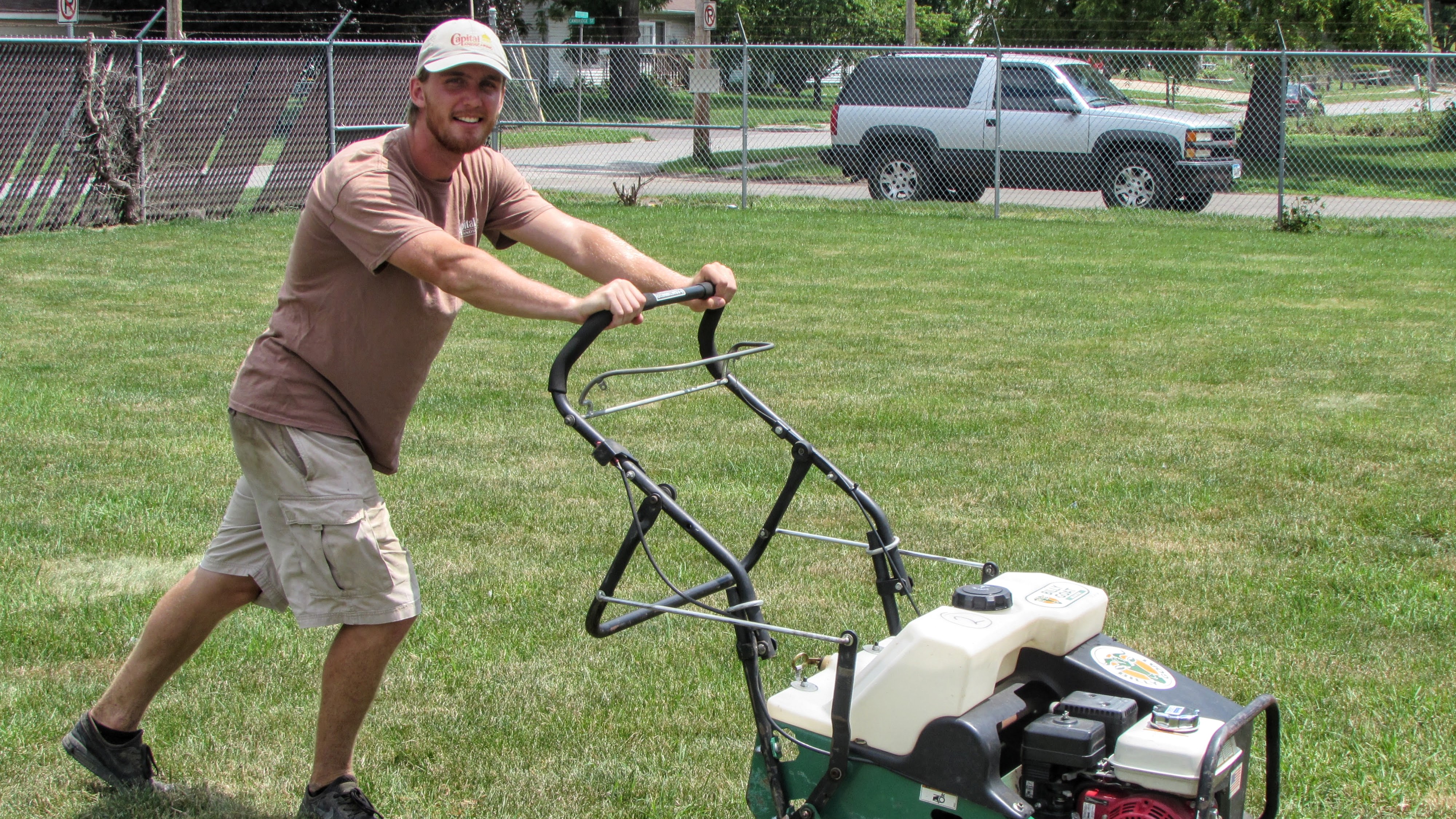The purpose of lawn aeration is to alleviate soil compaction so the roots of your grass are better able to absorb water and nutrients. Overly compacted soil does not let water easily travel through it and thus, makes it hard for nutrients to penetrate down to the roots where they can be absorbed. You may do a great job of watering your lawn, and treating it with fertilizer to help it grow, but if the soil is overly compacted, all the work you are putting in is only having a fraction of the potential effect.

How often should you aerate your lawn? Most lawns don’t need to be aerated every year. Lawns that don’t get heavy foot traffic or use and have good soil can be aerated every few years or more. The more use your lawn gets, or the tougher the soil (think clay-rich soil), the more often it should be aerated, up to annually. The main things to consider if your lawn needs aeration are
- If your lawn gets a lot of use from children, animals, or others playing and running around on it. The more use, the more compacted the soil will become.
- If your lawn is part of a new development. If your home was just constructed, the machinery used in building and moving materials can be heavy and will compact the soil in your yard. Aeration the first couple years can be very beneficial for loosening up some of that compaction so your turf grows better and stays healthier.
- If your lawn is newly sodded. The soil the sod is farmed in is different than the existing soil in your yard. This creates a layering that makes it tough for roots to grow deeply. Once the sod is established and growing shallow roots into your yard’s soil, aeration can help to penetrate your yard’s soil and allow the roots to grow deeper and stronger, keeping your sod healthier and firmer. Wait 4-6 weeks after sod is laid before aerating.
- If you have a minor thatch problem. Aeration can help fix thatch and can also play a role in preventing thatch issues. Thatch is a layer of dead organic material that exists on the top of soil that grass grows on and through. Thatch up to ½ inch isn’t a problem and can help with your grass’ health. Thatch greater than a ½ inch can cause problems because it can prevent nutrients from reaching the soil and stunt root growth. Aeration loosens up and removes thatch when it pulls plugs, allowing better exchange of water, air, and nutrients between your turf and soil.
Another issue that aeration can help with is clay. Underneath topsoil in Iowa is clay, which is very hard and doesn’t let water or roots penetrate it easily. In Des Moines, different areas of town have different amounts of topsoil before you hit clay. This is because some areas that are newer residential developments used to be farmland, while other older residential areas were never heavily farmed. Residential areas that are built on previously farmed land often have less topsoil and thus clay is a larger issue for keeping turf healthy.
If you live in residential areas on the edges of the Greater Des Moines Area such as Waukee, Ankeny, parts of West Des Moines, Grimes, Johnston, Norwalk, Altoona, and other more recently developed areas, aeration may be particularly beneficial for helping to breaking up some of the hard clay that may be beneath your turf. This allows for better water, air, and nutrient exchange which will help your turf grow deeper healthier roots.


